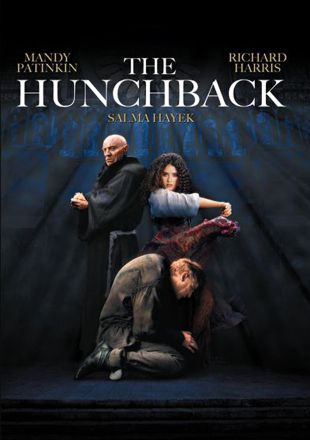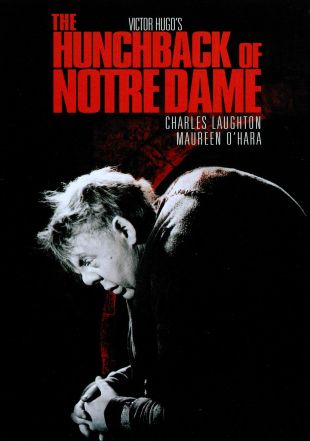
The Hunchback of Notre Dame (1939)
Directed by William Dieterle
Genres - Drama, Romance, Language & Literature, Horror, Spirituality & Philosophy |
Sub-Genres - Melodrama, Period Film, Romantic Drama |
Release Date - Dec 29, 1939 (USA) |
Run Time - 115 min. |
Countries - United States |
MPAA Rating - NR
Share on
Synopsis by Hal Erickson
Few will argue with the contention that RKO Radio's 1939 adaptation of Victor Hugo's The Hunchback of Notre Dame was the best of the many screen versions of the Hugo classic. We say this even allowing for certain liberties taken with the source material-liberties calculated by scenarists Sonya Levien and Bruno Frank to draw parallels between 15th century Paris and 20th century Europe. Thus, Claude Frollo (Cedric Hardwicke), the villain of the piece, is no longer merely a religious hypocrite unable to control his own carnal desires. Instead, Frollo is a bush-league Hitler, warning that the invention of the printing press is dangerous in that it will encourage the rabble to think for themselves, and plotting the persecution and destruction of the "undesirable" gypsies. In the same vein, Gringoire the Poet (Edmond O'Brien in his film debut) has been transformed into an agit-prop "Group Theatre" activist, bent on bringing the unvarnished truth to the ignorant Parisians. Many of Hugo's subplots have been dispensed with, the better to concentrate on the grotesquely deformed Quasimodo (Charles Laughton), bell-ringer of Notre Dame Cathedral, and his puppylike loyalty towards imperiled gypsy dancer Esmerelda (Maureen O'Hara, in her first American film appearance). The schism between the haves and have-nots in the walled city of Paris is illustrated in broad, visually dynamic strokes by director William Dieterle.
Characteristics
Moods
Themes
Keywords
church, false-accusation, gypsy, monster, mutant, rescue, robbery, unrequited, witchcraft
Attributes
High Artistic Quality, High Production Values
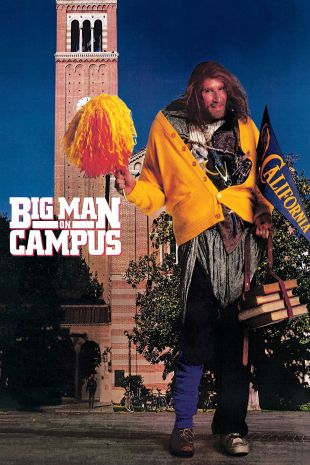
/_derived_jpg_q90_310x470_m0/JaneEyre1944-BoxArt.jpg)
/_derived_jpg_q90_310x470_m0/Les%20Miserables(1935).jpg)
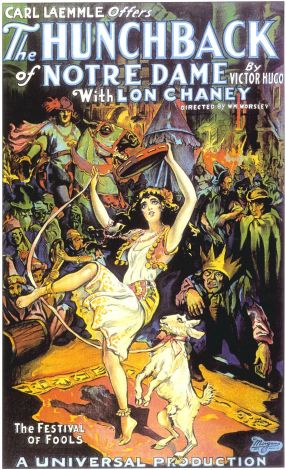
/El%20jorobado%20de%20Notre%20Dame/_derived_jpg_q90_310x470_m0/El-jorobado-de-Notre-Dame_keyart.jpg)


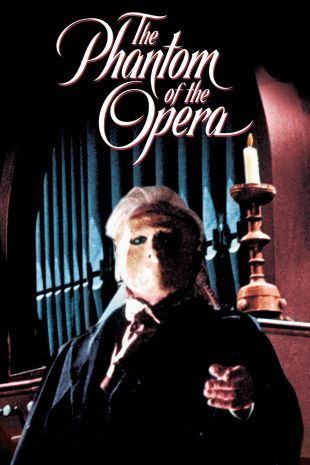
/_derived_jpg_q90_310x470_m0/Wuthering%20Heights_PosterArt.jpg)
